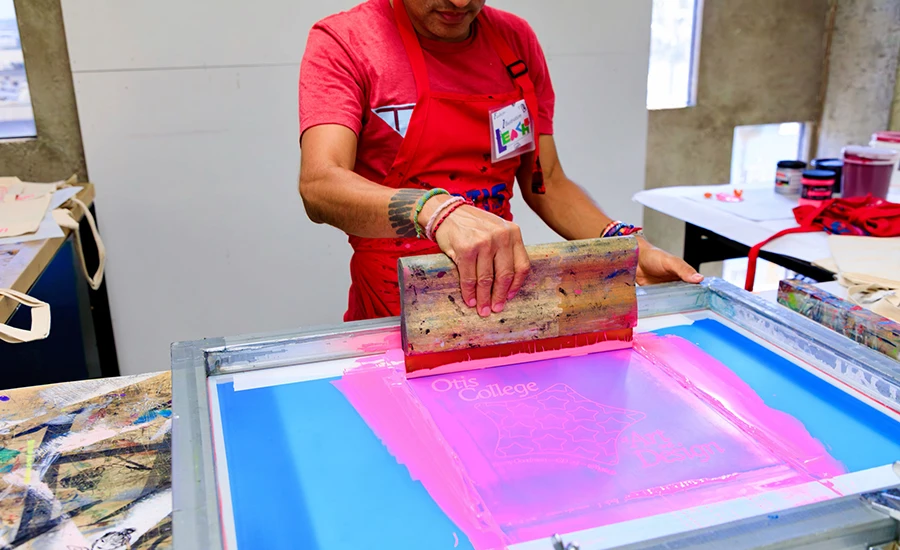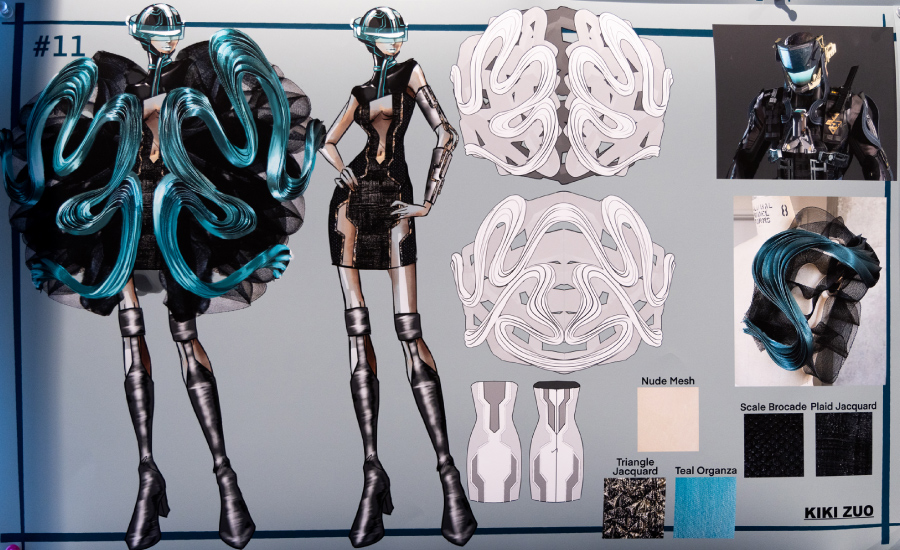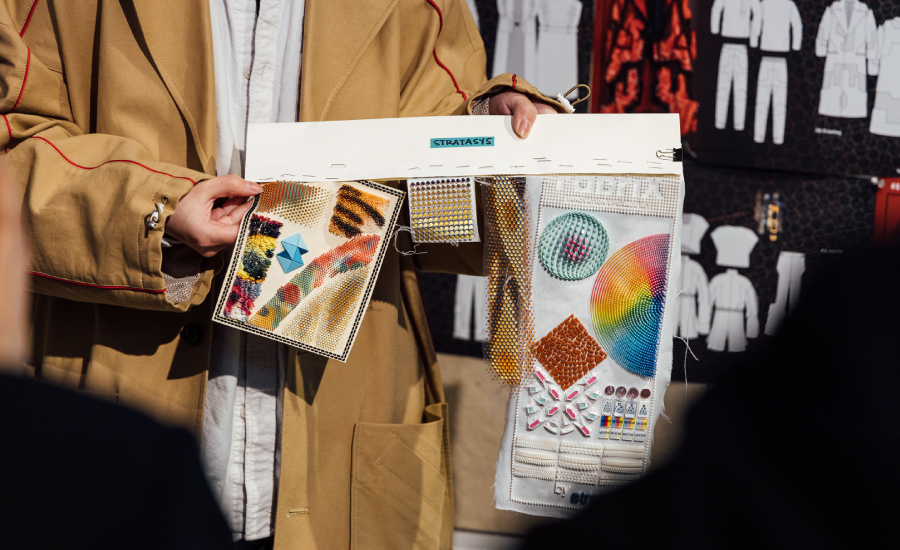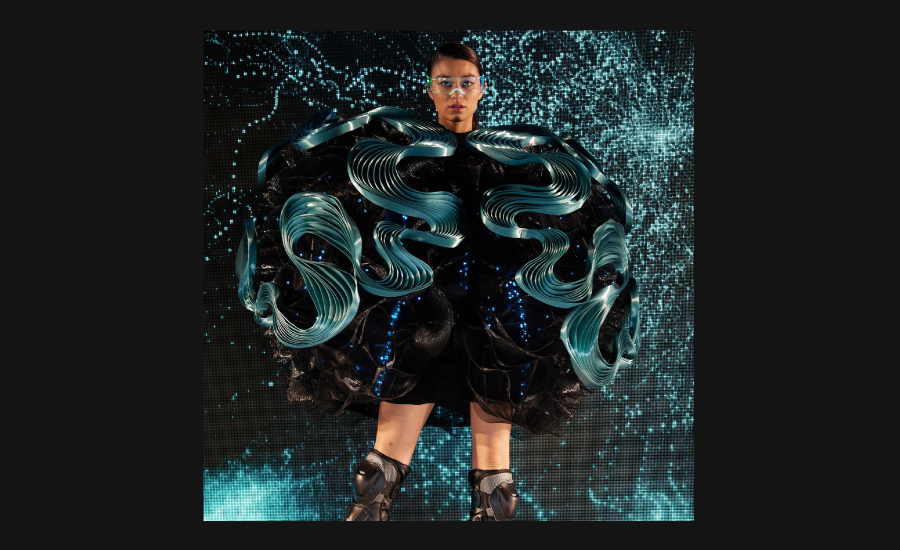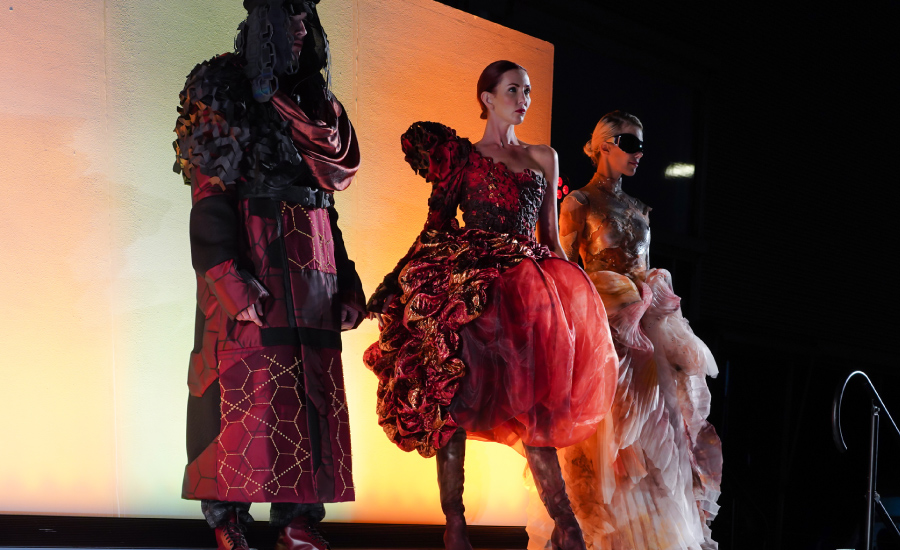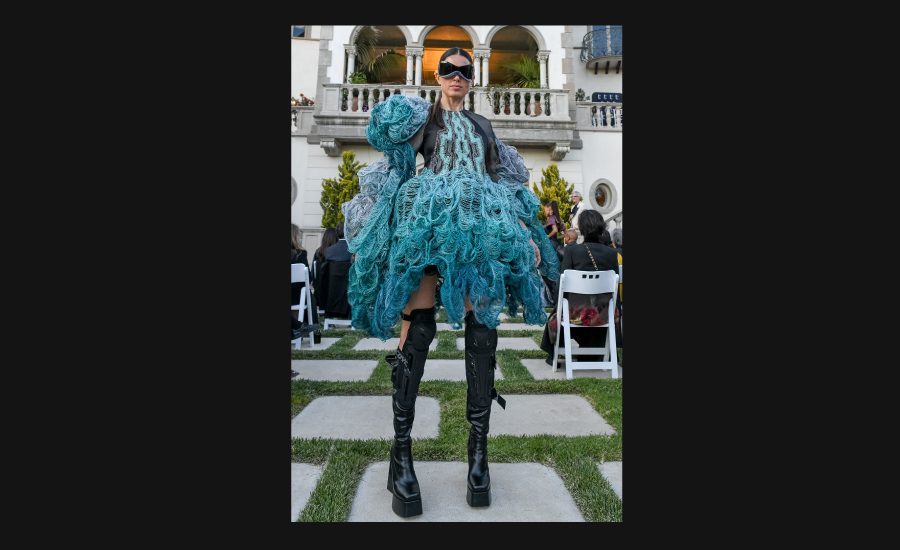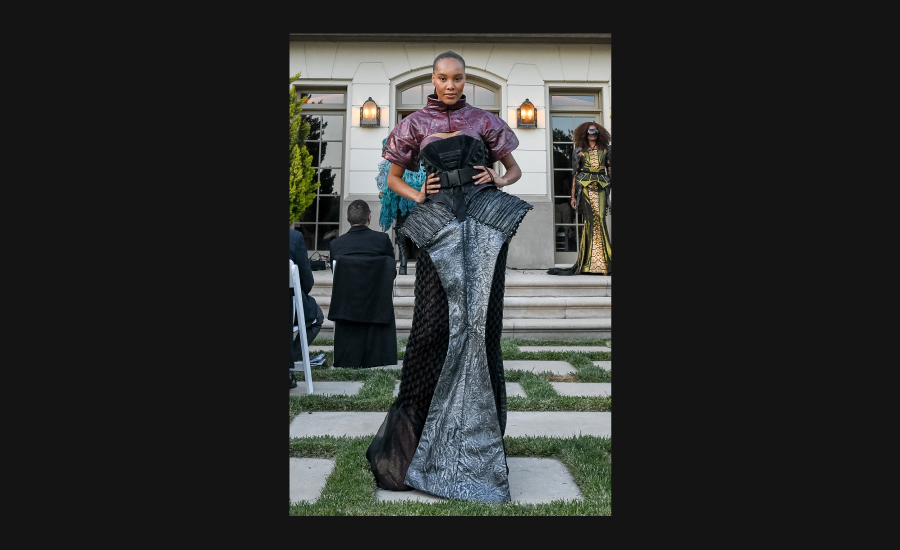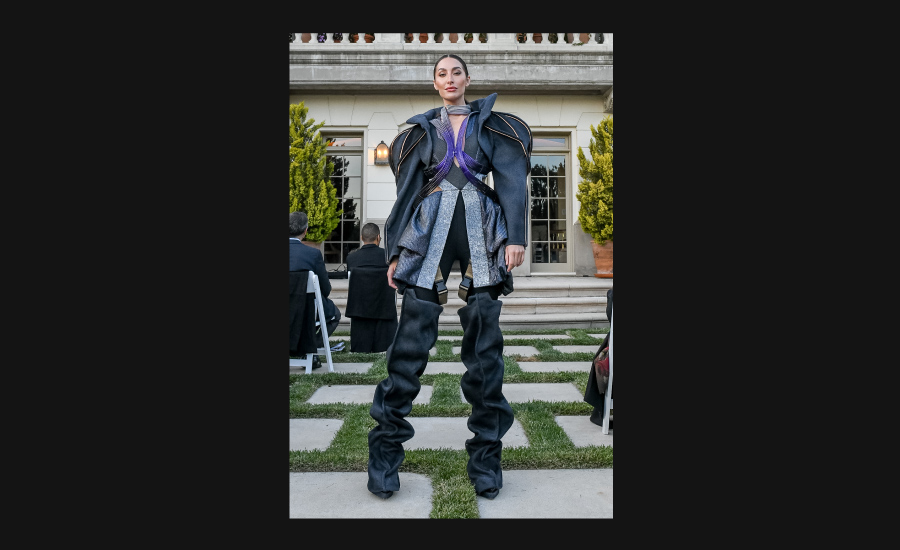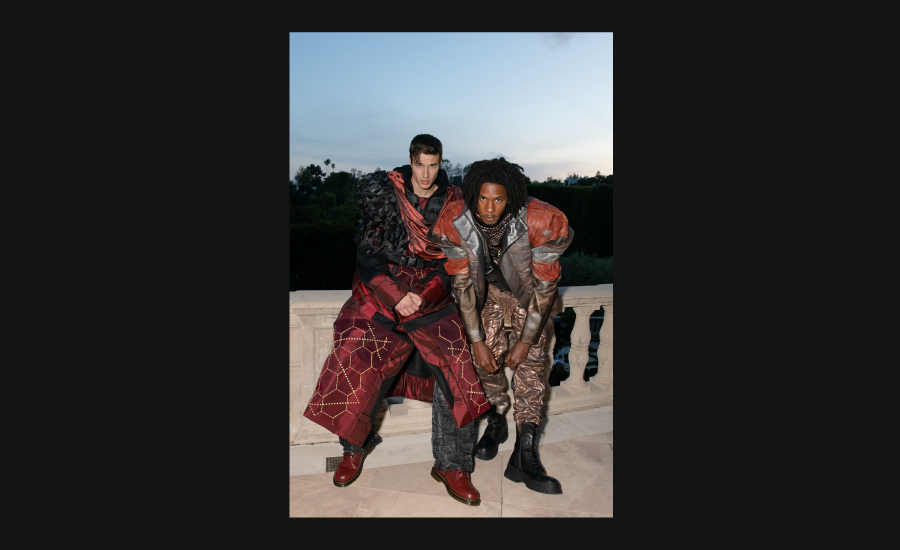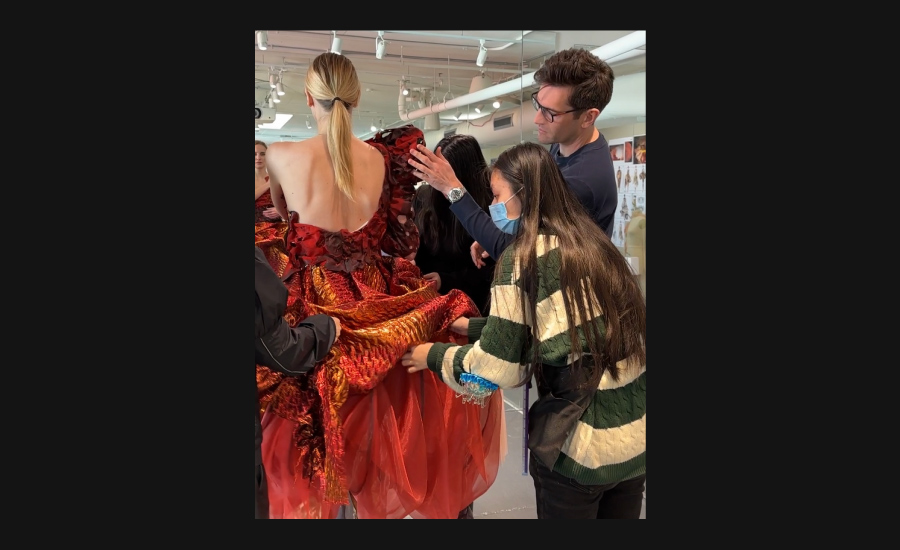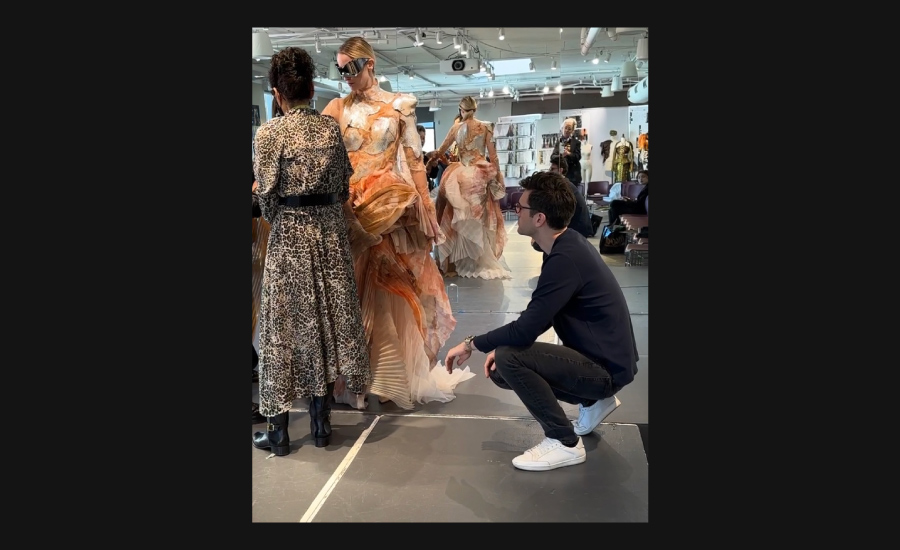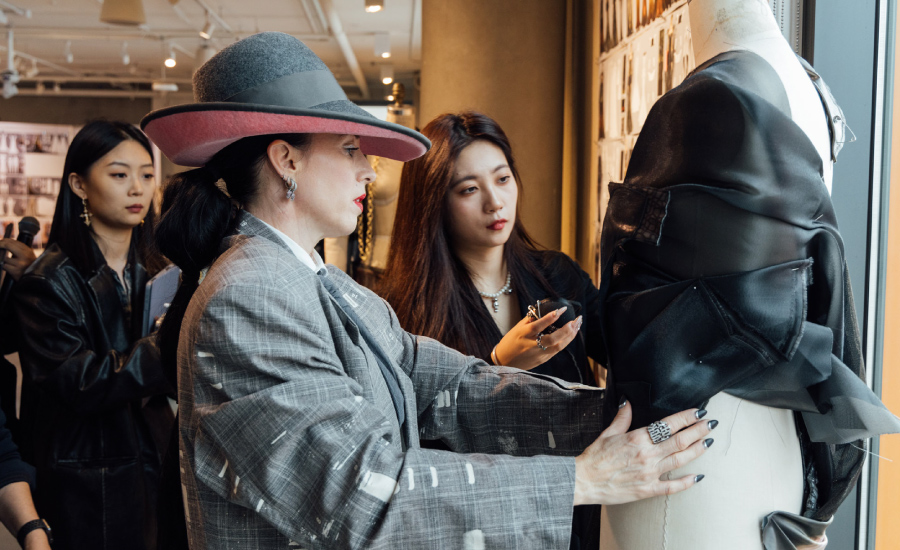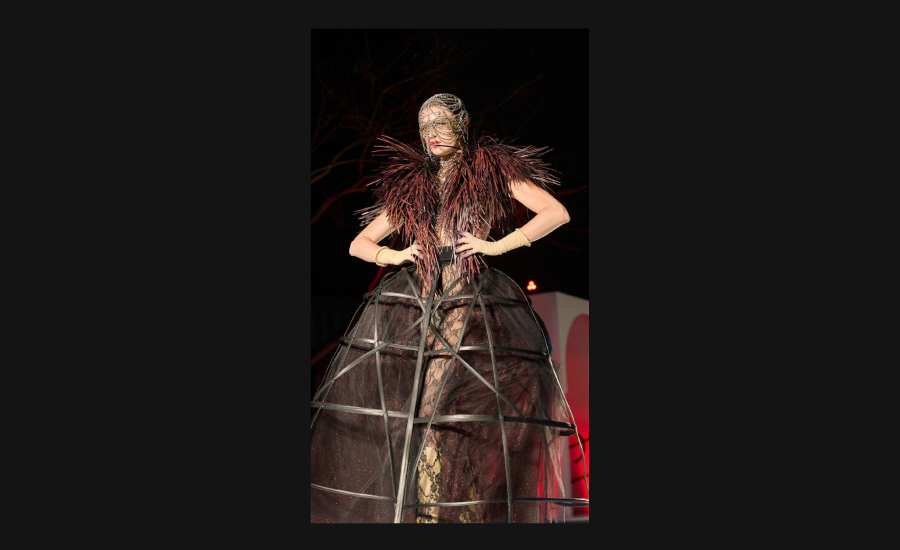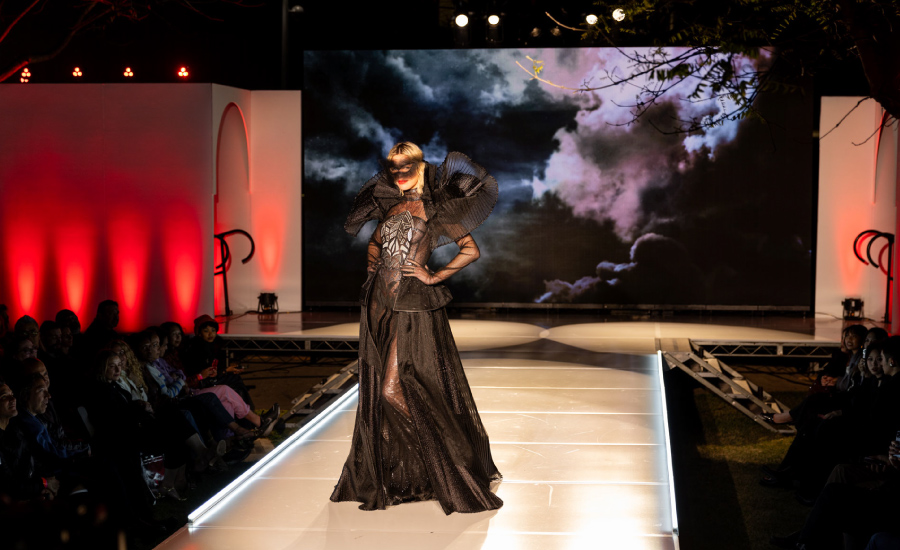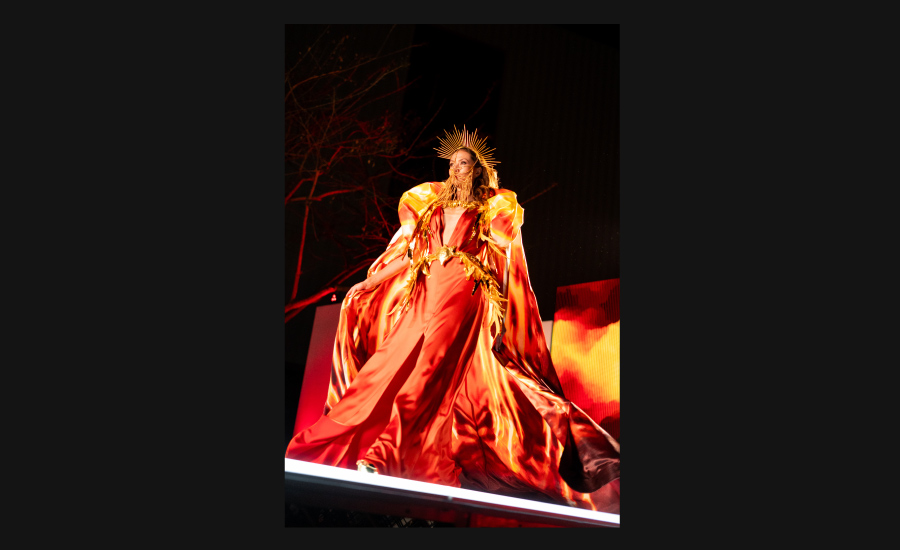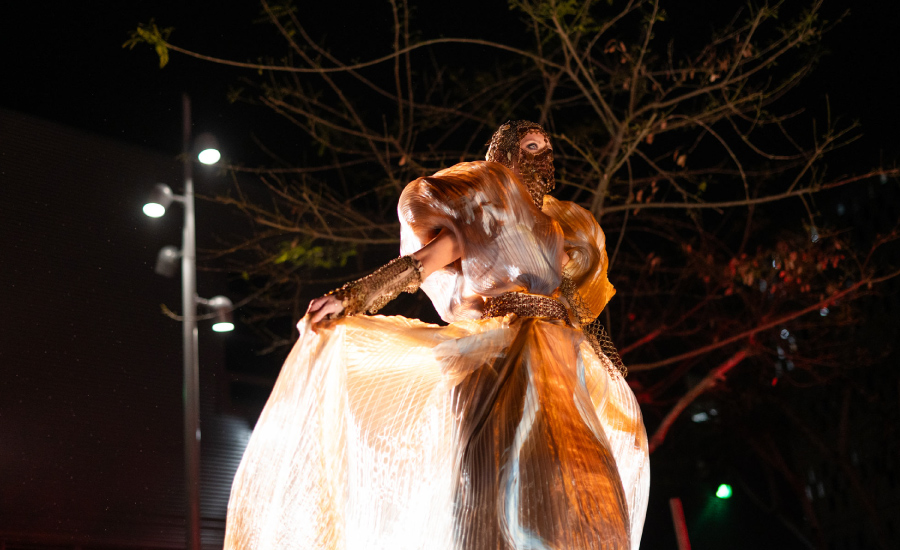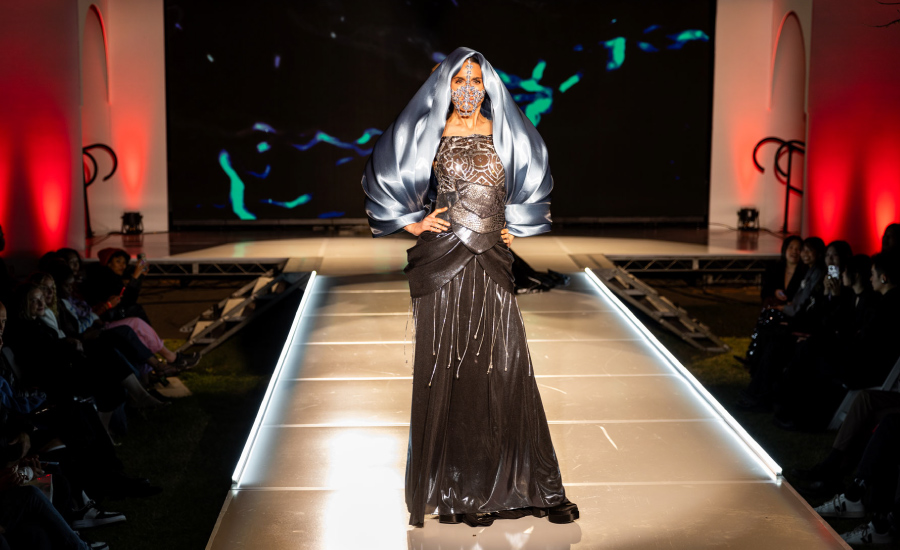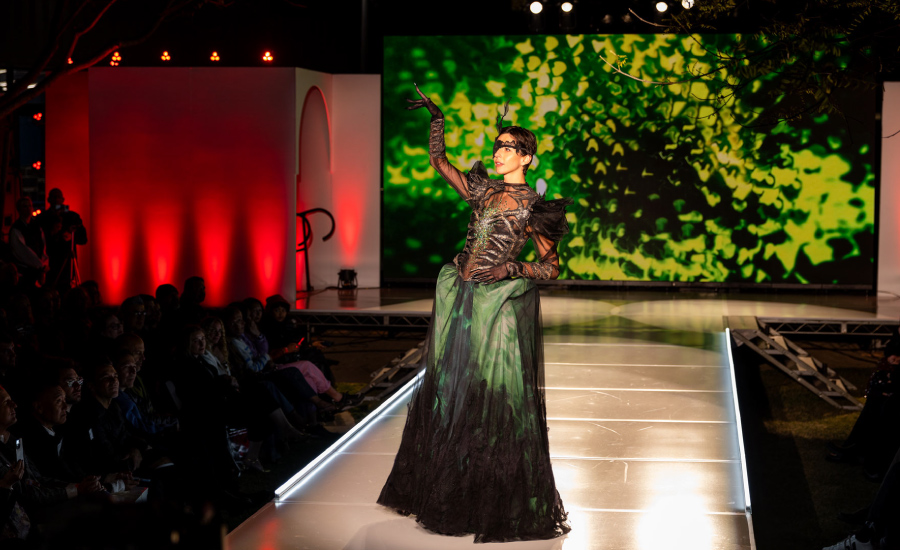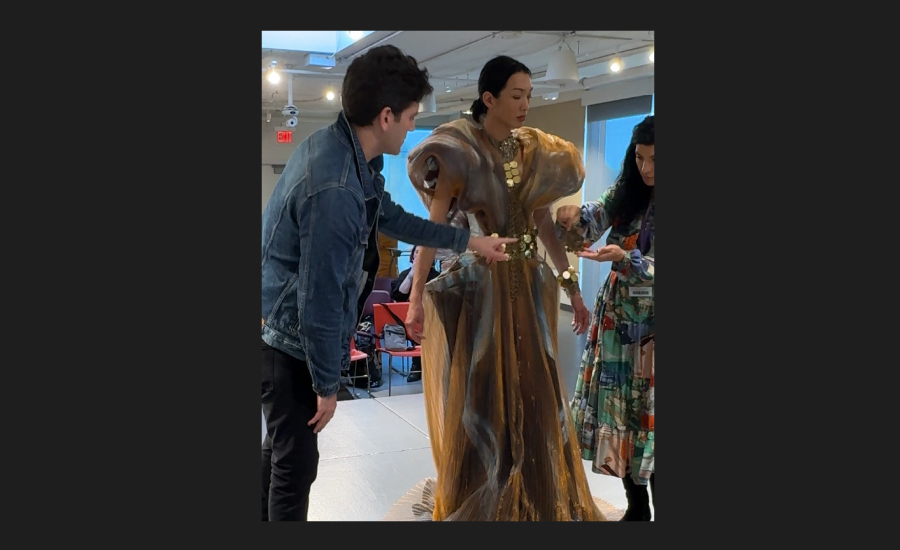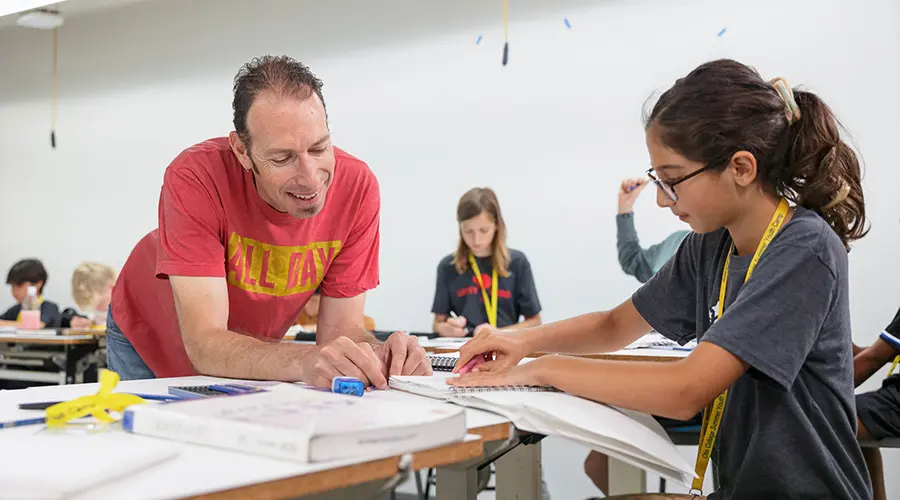Activision Blizzard’s Tim McGrath on Authenticity, Collaboration, and Mentoring Fashion Design Students
“Fashion design students are bringing a fresh perspective to the way in which we design characters and their clothing.”

For over 25 years, Otis College’s Fashion Design program has prided itself on its mentor projects, whereby professional designers are paired with students who create capsule collections based on their creative briefs. Mentors return to campus throughout the academic year for design development, sketch selections, fittings, and the end-of-year runway show, all the while sharing their professional expertise and insights into the design and production process.
Learning through industry interaction is a hallmark of the BFA program, and has led to exciting collections under the mentorship of designers, stylists, and costume designers like Jason Wu, Ruth Carter, B. Akerlund, and Mike Amiri, as well as creative leads at brands including Universal Studios, Nike, and Ralph Lauren, to name just a few.
The mentor program took on an unexpected dimension in 2022 when the gaming company Activision Blizzard came onboard. Students created a digital collection based on the Call of Duty franchise—Fashion Design students created the clothing while students in the Digital Media program (now called Game and Entertainment Design) co-created virtual runway environments as backdrops for the show. The resulting video was screened during that year’s fashion show as part of the annual O-Launch exhibition weekend.
This unlikely collaboration is proof that working across disciplines can lead to projects
that expand what we know about major industries, like video games and fashion design.
The idea came to fruition after Otis College Governor and then Chief Creative Officer at Activision Blizzard, Pelle
Sjoenell, recommended President Charles Hirschhorn—whose entertainment background includes launching
G4 Television, the first network dedicated to video games— introduce Activision Blizzard Senior Art Director Tim McGrath to Fashion Design Chair Jill
Zeleznik. This meeting led to a new elective course, “Fashioning the Fantastic,” with McGrath as a mentor.
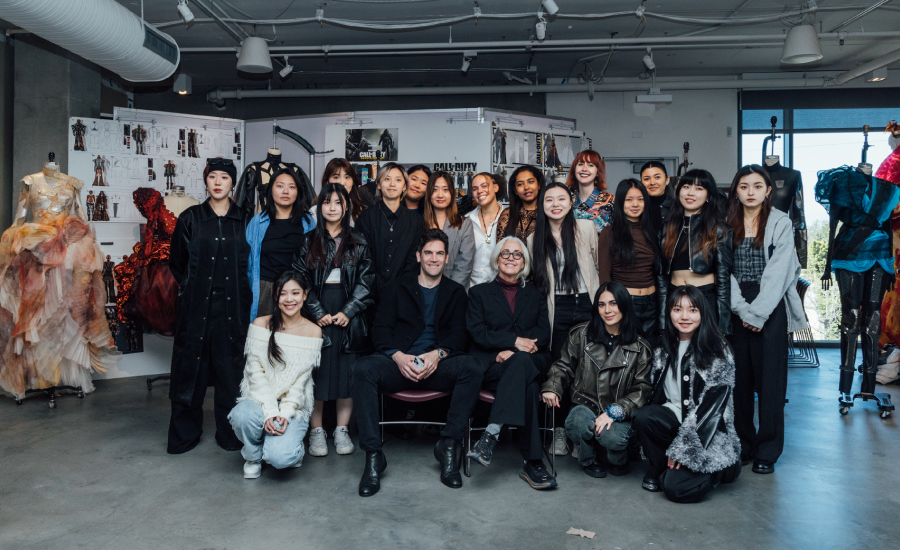
For McGrath, that first project planted the seeds for future collaborations. “I saw
a lot of potential for the ways that we could do projects with the students,” he says.
“We could see where their skill sets overlapped with things that we already do in
the industry, and where they will be able to bring a fresh perspective to the way
that we design digital characters and their clothing.”
The next year, McGrath and Zeleznik took the cross-disciplinary exchange to the next level with fully constructed garments and an IRL runway show. For that undertaking, a group of seniors focused on Call of Duty: Infinite Warfare, creating evening wear looks inspired by the game. As part of this mentorship project, McGrath was joined by Louise Mingenbach, a costume designer known for her work on movies like X-Men, Star Wars, and Insurgent. Students created garments that featured materials like hand-dyed silk fringe and supplex fabric, and also 3D-printed pieces—an idea that came about in discussions between Zeleznik and Stratasys, a 3D printing company that also sponsored the project and helped fabricate the students’ work.
Scenes from the Activision Blizzard Call of Duty: Infinite Warfare Mentor Project
Scenes from the Activision Blizzard Diablo Mentor Project
According to McGrath, the collaboration with Otis’s Fashion Design program aligns with Activision Blizzard’s thinking about the next stage of video game visuals: “We go out and we scan environments in 3D. We build and make props. We dress mannequins. We scan them in 3D. So for me, it was like, why aren’t we working with real fashion designers in games when we design our characters, clothing, and background actors?”
The reverse has been true for students, as their experiments in digital collaboration have continued to evolve their skill sets. In 2023, a group of juniors created looks based on the angels and demons characters in the video game Diablo. With guidance from McGrath—along with Activision Blizzard colleagues Hanna Jun, David Lomeli, and Marc Mejia—students learned how to use the design software programs CLO and Marvelous Designer. McGrath says the students brought a different layer of expertise and perspective as to how these tools can be used.
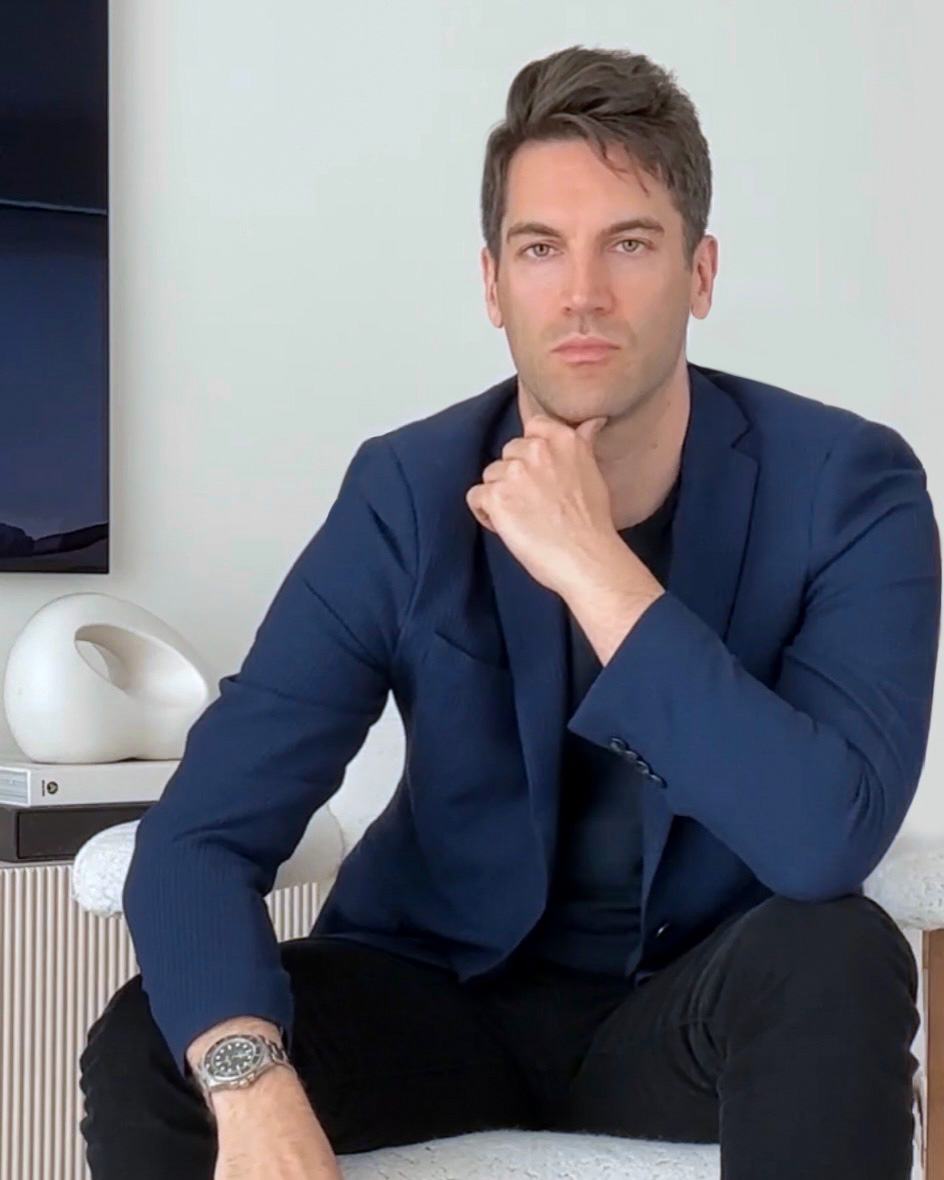 “They are bringing a knowledge of pattern-making and tailoring that is very unique
to fashion designers,” says McGrath. “Whereas we [in gaming] will design a character
and make these clothes in 3D, I feel like the fashion design students are able to
think much more in terms of practicality: How will this move? How will this be animated?
There’s a skill set there that we can learn from. A traditional 3D artist or character
artist doesn’t necessarily have the same training in actually making real garments.
Seeing that translate to digital is really interesting to me.”
“They are bringing a knowledge of pattern-making and tailoring that is very unique
to fashion designers,” says McGrath. “Whereas we [in gaming] will design a character
and make these clothes in 3D, I feel like the fashion design students are able to
think much more in terms of practicality: How will this move? How will this be animated?
There’s a skill set there that we can learn from. A traditional 3D artist or character
artist doesn’t necessarily have the same training in actually making real garments.
Seeing that translate to digital is really interesting to me.”
The students saw full circle how to work with another creative person from a different area of the business.”
The Fashion Design juniors then created avatars for which Game and Entertainment Design students created digital runway environments specific to each look.
The students’ work continued into their senior year. Working with McGrath, Jun, Lomeli, and B. Akerlund—a costume designer who has dressed household names like Beyoncé, Madonna, and Lady Gaga—they brought Diablo-inspired looks to life that were again shown at the fashion show presented during the annual O-Launch exhibition held on Otis’s campus every spring.
Zeleznik says that having students work with mentors like McGrath and B. Akerlund offers them valuable insights into how their skill sets might be used after graduation. “The students saw full circle how to work with another creative person from a different area of the business,” she says. “I tell them, ‘In real life you’re always going to have to interact with lots of different people and professions as a fashion designer.’”
Mutual Gains
For their most recent project, McGrath and Zeleznik worked with students to design
athletic wear that included character designs inspired by Overwatch 2, with Mejia and Jun once again joining as mentors. Students created digital garments
and model avatars for their looks, and Otis College alum Andres Perez (’23 BFA Fashion
Design) created a digital runway for them to walk—a complex project that took the
digital presentation to the next level.
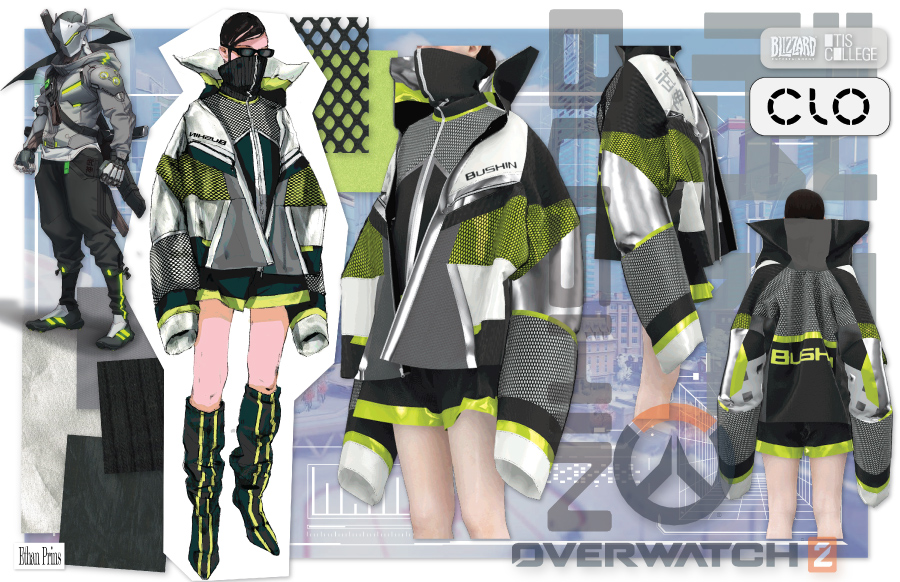
“It’s really about showcasing what is possible when we’re all committed to doing something
amazing,” says Zeleznik.
McGrath has found that fashion designers bring an especially refreshing aesthetic to the digital realm. They’re not tied down to marketing or industry trends, McGrath says, instead creating garments that push the envelope. Their insights can add an important factor of authenticity to video game design that’s essential to McGrath’s vision of successful franchises.
“Humans are pretty good at picking up on the subtleties of when something feels like maybe it wouldn’t work in real life,” he says. “There’s various ways games are being made right now, but a lot of the biggest budget games are pushing for pure photorealism. A lot of my job is involved with pushing the limits of photorealism in real-time graphics. And when I think about that I’m like, ‘Well, then we need real clothes.’ Authenticity is important because as soon as everything else in the world looks real, if one aspect doesn’t it’s going to break the illusion.”
 These collaborations also expose students to different possible career paths. A large
part of McGrath’s job involves figuring out how to bring top talent into the industry.
He recently hired two Otis graduates for a project at Activision Blizzard, and previously
invited two juniors to complete a summer internship.
These collaborations also expose students to different possible career paths. A large
part of McGrath’s job involves figuring out how to bring top talent into the industry.
He recently hired two Otis graduates for a project at Activision Blizzard, and previously
invited two juniors to complete a summer internship.
Zeleznik says that during her years as an Otis Fashion Design student the possibilities for what you could do in fashion, although perhaps broad in style, were narrow compared to what students are learning today: “Collaborations like these encourage students to look beyond traditional avenues of fashion design and consider how else their talents might fit into other industries. The possibilities are endless.”
More information about Otis College’s Fashion Design program and mentorship with Activision Blizzard.
Related News
